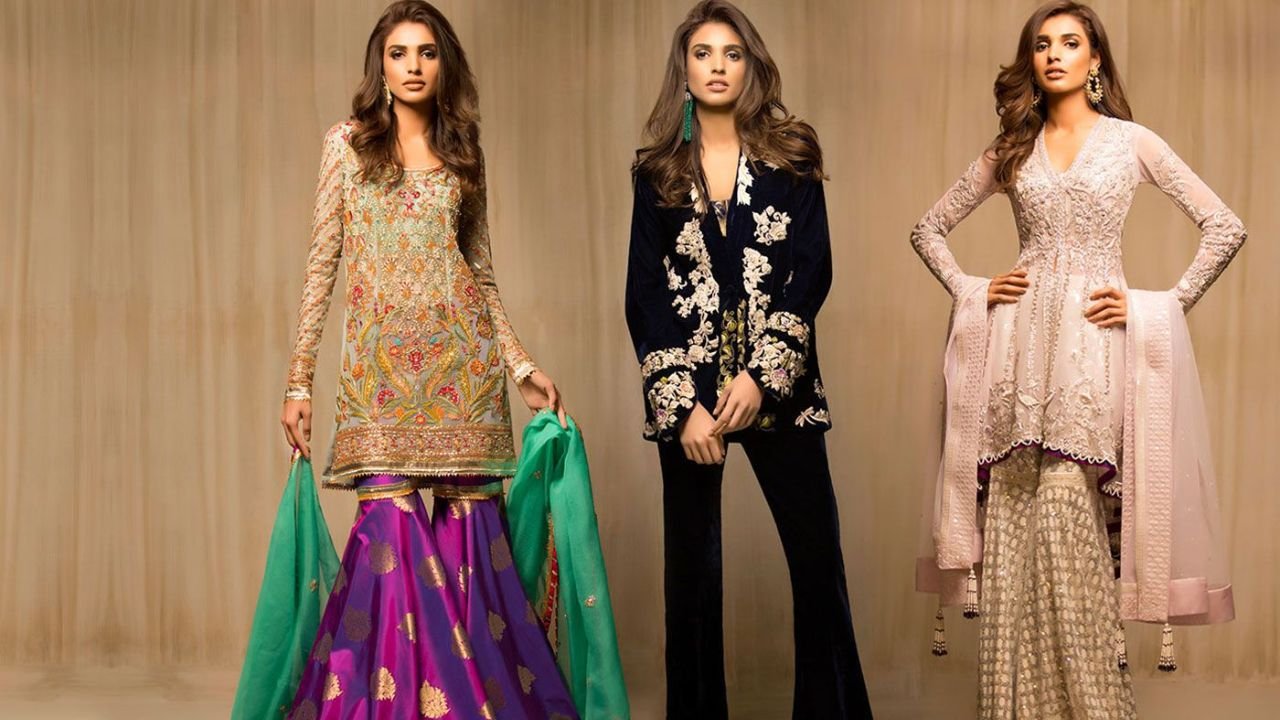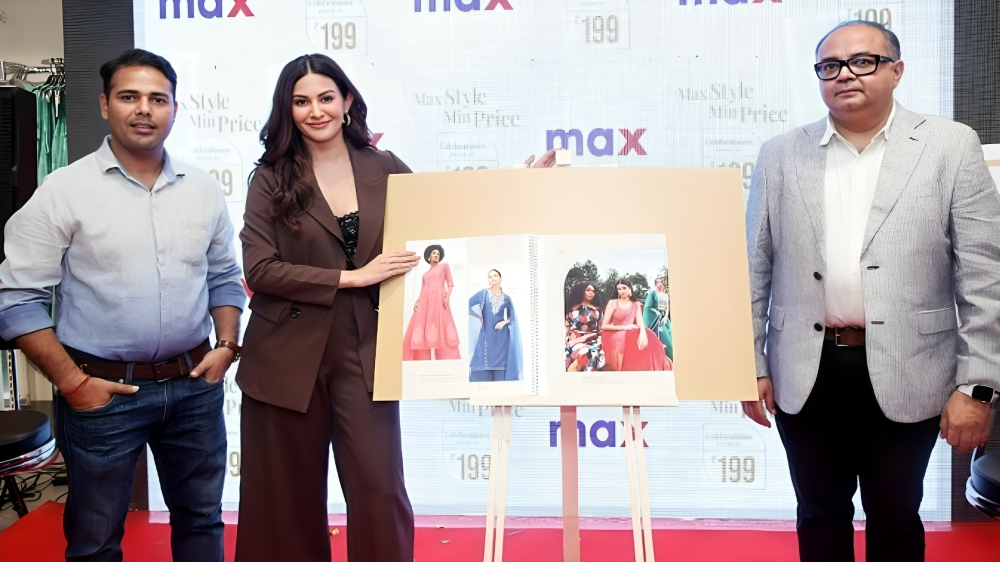Fashion is also not limited to fabric, it is storytelling. Fashion history captures royal laws to the current revolutions, power, creativity and innovation. We have dug up 10 fascinating fashion facts about history in this article and reveal how fashion has evolved through time. Not all of these fashion facts will be common knowledge. Others will make you look at your closet differently. Let’s dig in.
1. Ancient Laws Controlled What You Could Wear
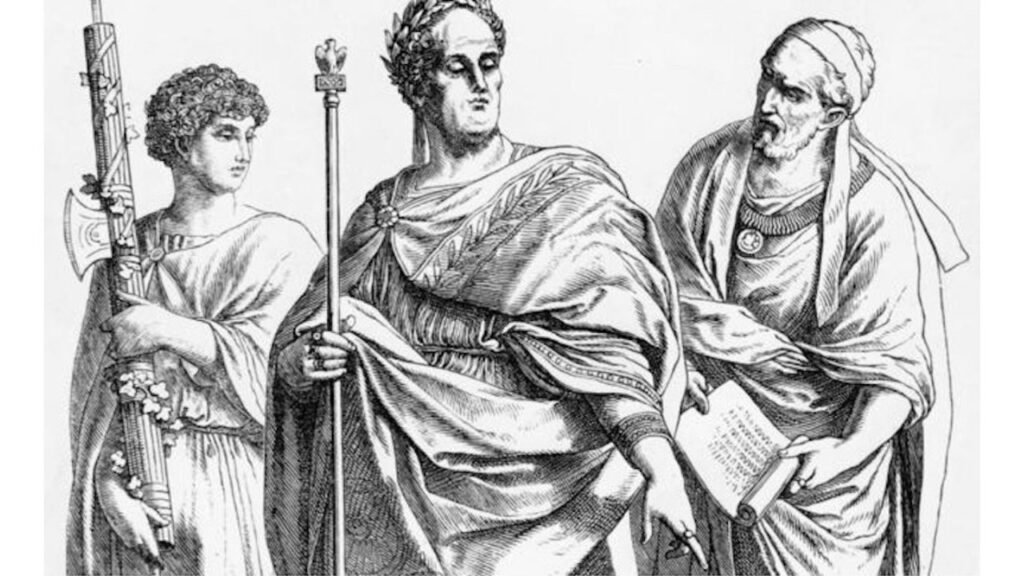
Imagine being arrested for wearing silk. Sounds absurd, right? But centuries ago, that was a reality under “sumptuary laws.” These laws, enforced from 215 BC through the 19th century, restricted people from wearing luxurious fabrics, bold colors, or decorated garments unless they belonged to a specific social class. Even the color purple was off-limits for the poor—it was a royal color reserved for nobility.
There were very strict rules of fashion in Italy, France and England. These legislations made sure that only those of the elite were able to express wealth in dressing. The culprits would either be fined or publicly disgraced. These laws were brought down at the hand of time in the forms of industrialization, economic reform and cultural issues. Yet still, they are reminder of how fashion was once influenced by strict classes.
2. Charles Worth Created Modern Fashion Design
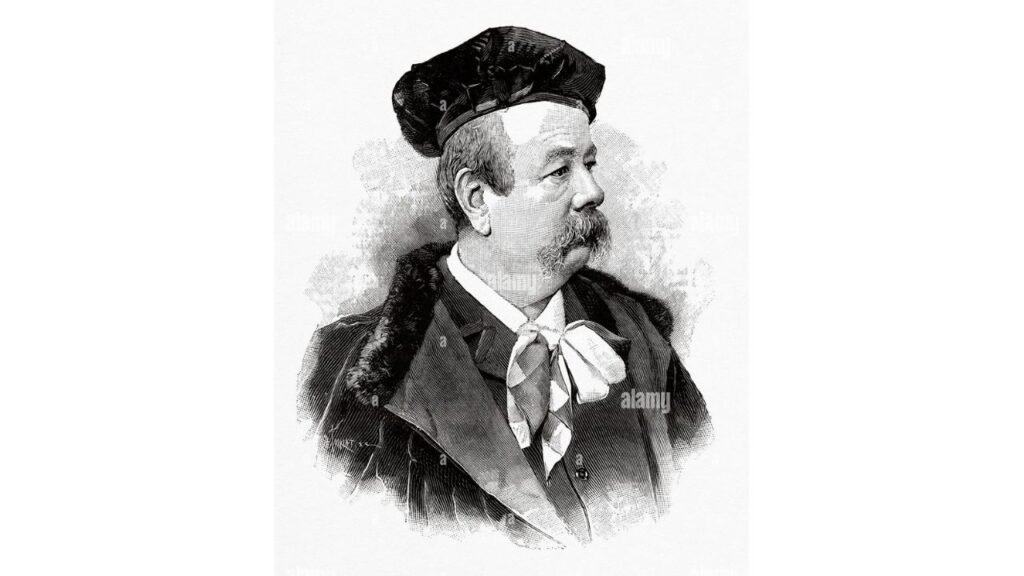
Before the 19th century, no one spoke of “fashion designers.” Tailors simply made clothes. That all changed with Charles Frederick Worth. In 1858, Worth opened the House of Worth in Paris. He didn’t just sew dresses—he curated collections, invited elite clients to view them, and let them pick styles tailored to their bodies. It was the first time fashion was presented as seasonal collections.
Worth invented what we now call haute couture. He changed the entire structure of the fashion world by turning dressmaking into an exclusive art form and business. Today’s fashion weeks and designer labels exist because of this innovation. That’s one of the most foundational facts in history.
3. Clothing Labels Were Born from Branding Genius
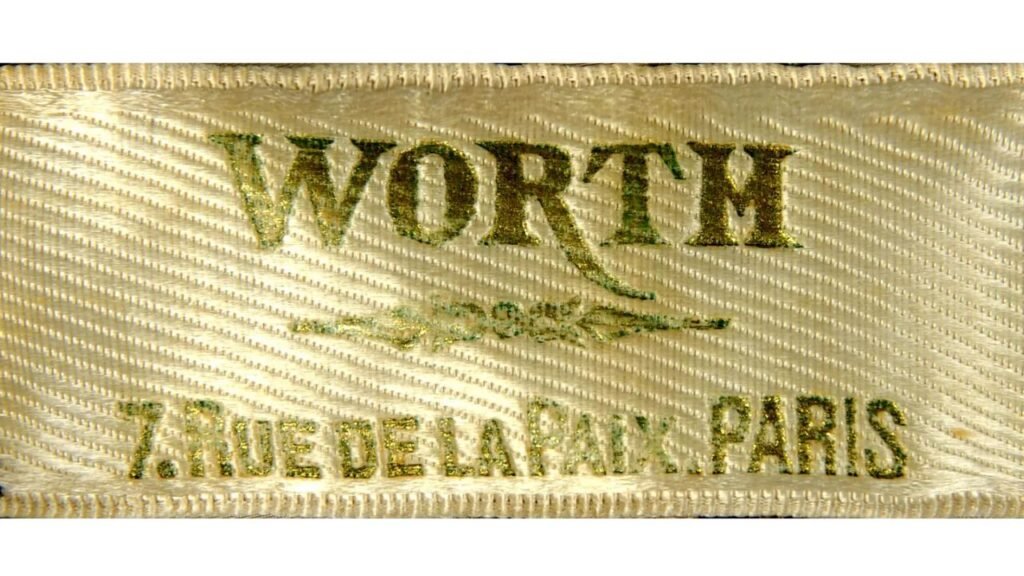
Today, labels are everywhere. But before Worth, clothes didn’t carry the designer’s name. He changed that too. By putting his name on every piece, Worth created fashion branding. This allowed clients to associate quality and luxury with a name. He turned his brand into a status symbol—something we still see with names like Gucci, Dior, or Chanel.
More importantly, he made the designer as famous as the clothes themselves. For the first time, people wore outfits because of who designed them—not just how they looked. It’s hard to imagine the fashion industry today without this vital shift.
4. The Sewing Machine Sparked a Fashion Boom
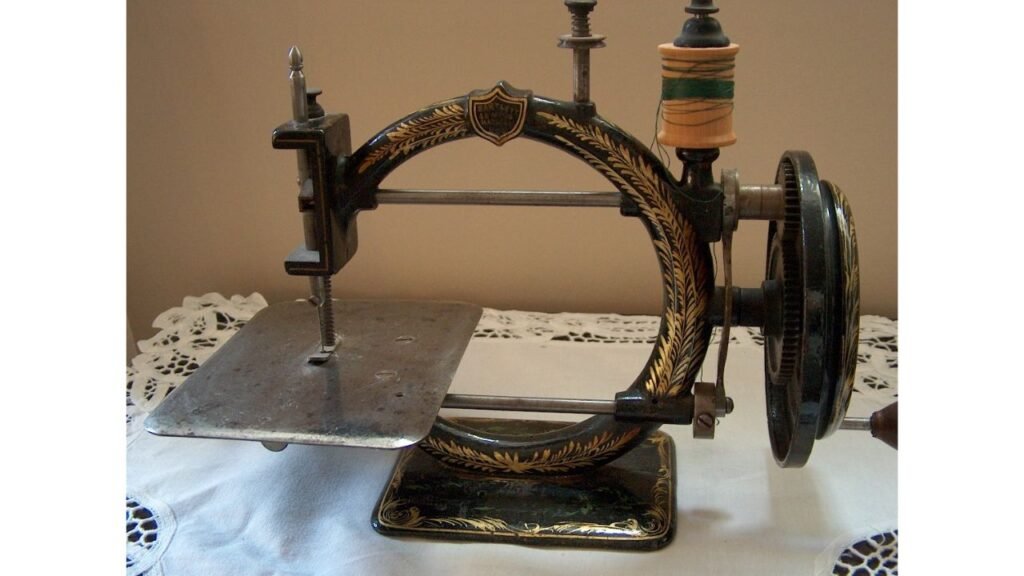
The real fashion revolution came with the sewing machine in 1830. Invented by Frenchman Barthélemy Thimonnier, this wooden device made uniforms for the French army using chain-stitching. But success was short-lived. Tailors, fearing unemployment, stormed Thimonnier’s factory and smashed his machines.
Still, the machine sparked industrial innovation. Soon, companies like Singer and Brother improved the design. Mass production of clothes became faster and cheaper. This marked the beginning of ready-to-wear fashion and made stylish clothing available to the masses. Without this invention, the fashion industry wouldn’t have grown the way it has.
5. A White Shirt Caused a Royal Scandal
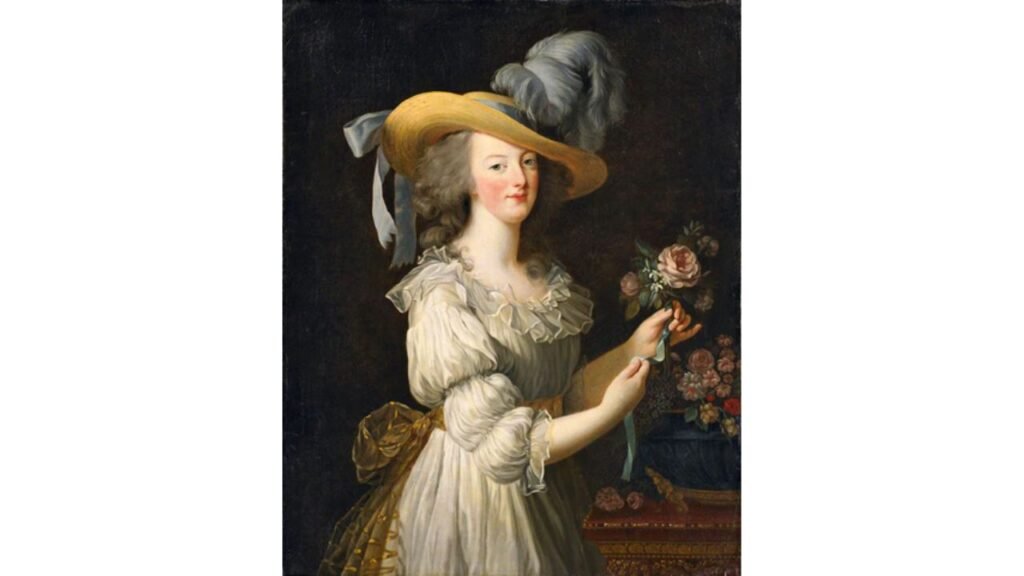
Marie Antoinette, France’s controversial queen, once wore a cotton blouse in her 1783 portrait. That innocent choice caused outrage. Why? Because cotton was considered cheap, and the blouse resembled undergarments. Royals were expected to wear silk or brocade—not something worn by commoners.
Despite the backlash, her outfit shifted the perception of white cotton. Over time, the white shirt became a symbol of class and confidence. By the 1920s, it had become essential in both men’s and women’s wardrobes. From controversy to classic—this story proves how one moment can redefine style forever.
6. Black Used to Mean Mourning—Until Chanel Changed That
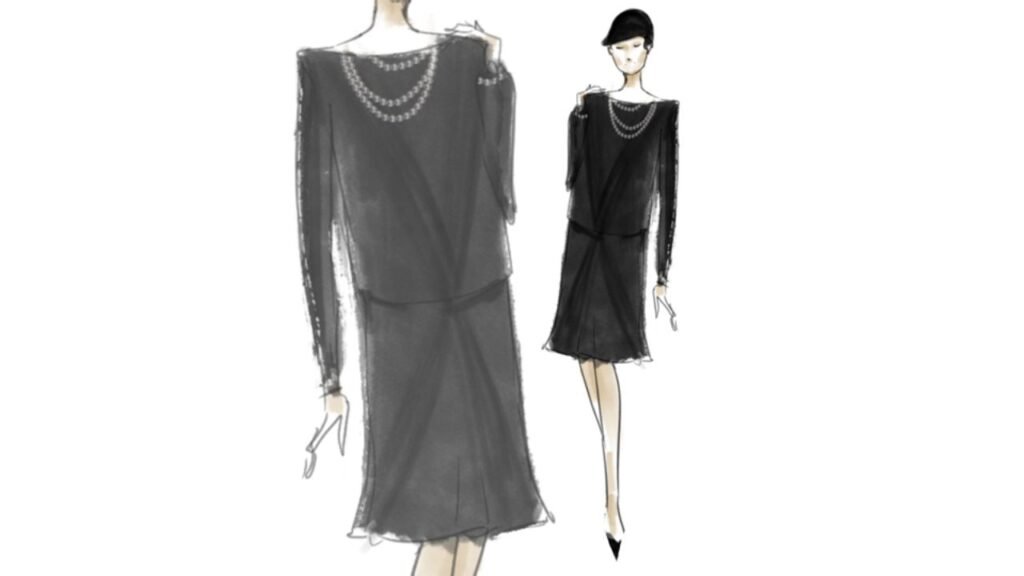
Before the 20th century, black clothing was only for funerals or widowhood. Wearing black casually was unheard of. Then came Coco Chanel. In 1926, she introduced the “Little Black Dress.” It was stylish, minimalist, and accessible to women of all backgrounds.
Vogue called it “Chanel’s Ford,” comparing it to the Model T car—affordable yet classy. Chanel’s creation redefined black. It was no longer sad or somber. It became chic. During the Great Depression and World War II, the LBD thrived because it used little fabric and suited tough times. Since then, black has been a fashion staple. This is one of the most powerful fashion facts that changed color symbolism forever.
7. Plimsolls Were the First Sneakers

In the 1800s, people wore rubber-soled shoes called plimsolls. There was no difference between left and right feet. These were basic, flat, and used mostly for sports. That changed with Charles Goodyear’s vulcanization process in 1839. By heating rubber and adding sulfur, he created soles that were both flexible and strong.
Plimsolls evolved into sneakers. The New Liverpool Rubber Company launched the first sneaker brand in 1886. In the 20th century, brands like Converse, Adidas, and Nike built on this innovation. Today, sneakers are everywhere—from the runway to the gym. Their story started humbly with plimsolls.
8. Denim Was a French Invention, Not American
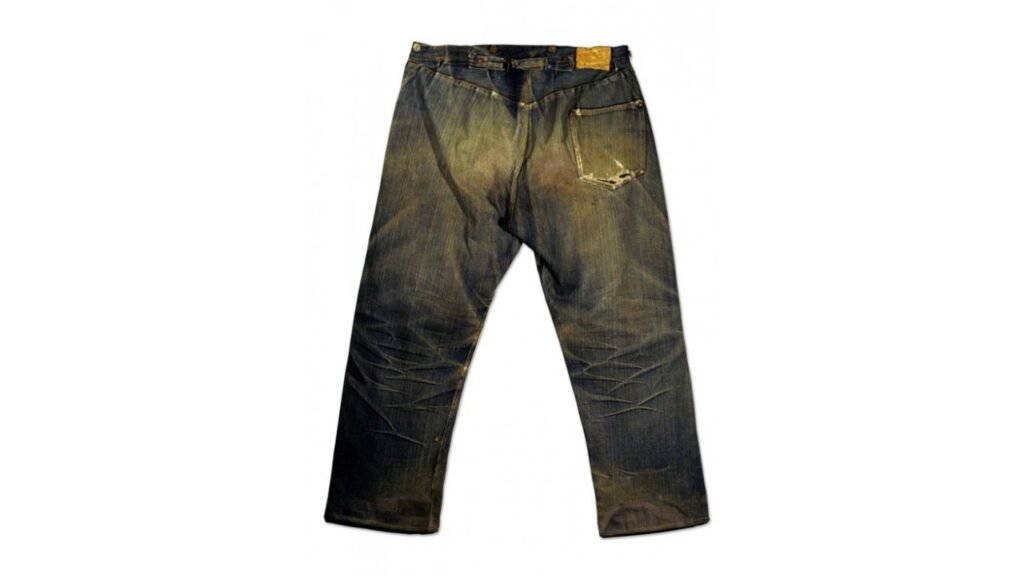
Most people think denim is American. But the fabric originated in Nîmes, France, where weavers created a tough cotton textile they called “serge de Nîmes”—later shortened to denim. Meanwhile, Italian workers in Genoa made a similar fabric called “jean.” Both textiles were durable and designed for labor.
The big moment came in 1873 when Levi Strauss and Jacob Davis patented riveted jeans. Built for miners and railroad workers, these pants were called “waist overalls.” By the 1950s, jeans became icons of rebellion. James Dean wore them. So did Elvis. Today, denim is global. But its roots lie in France. This is one of those facts people always get wrong.
9. The Bikini Was Inspired by a Nuclear Test
The bikini wasn’t just a swimsuit. It was a social bombshell. In 1946, Louis Réard named his tiny two-piece swimsuit after Bikini Atoll, the site of American nuclear testing. He wanted to capture the “explosive” effect the suit would have on culture.
Most models refused to wear it. So Réard hired Micheline Bernardini, a nude dancer, to debut it at a Paris pool. It was scandalous. But it also symbolized postwar freedom and body confidence. Over time, the bikini became an icon of female liberation. Today, it’s normal beachwear—but back then, it was revolutionary.
10. The Bra Replaced the Corset—and It Was Invented by a Teen
During World War I, women were told to give up corsets to help conserve metal. That opened the door for a new garment: the bra. In 1914, 19-year-old Mary Phelps Jacobs stitched two silk handkerchiefs together to make a “backless brassière.” She got it patented and sold the rights for $1,500.
At the same time, Herminie Cadolle in France had designed a “split corset” years earlier that supported the bust without restricting the waist. Together, these inventions replaced the painful, body-shaping corset. The bra offered comfort, practicality, and confidence. It redefined women’s fashion—and freedom. This is one of the most empowering facts about fashion in modern history.
Why Do These Fashion Facts Still Matter?
Each of these facts tells a story of transformation—of comfort, identity, freedom, and power. From courtroom dress codes to teenage inventors, these moments shaped fashion into what it is today. Understanding the facts about fashion helps us appreciate the clothes we wear every day. Fashion isn’t just trends. It’s history worn on your body.



